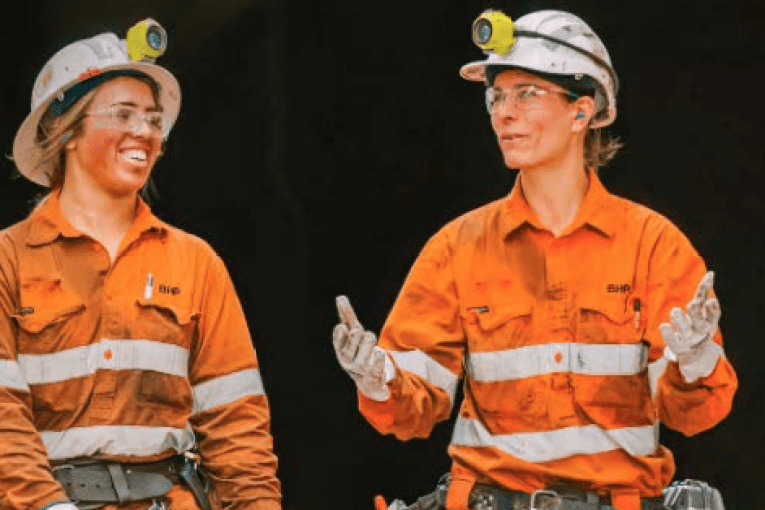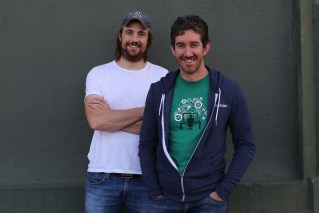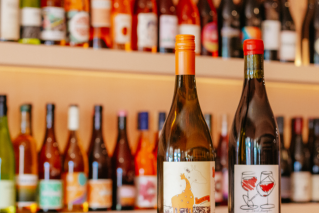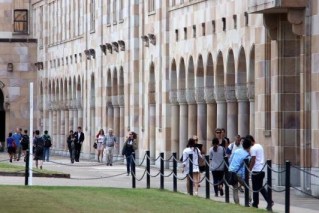Inflation rate stable for the third month as Reserve comes up smiling
Australia’s annual inflation rate has held steady for a third month in a row but come in below expectations, with price gains for bread, dairy products and energy showing signs of easing.
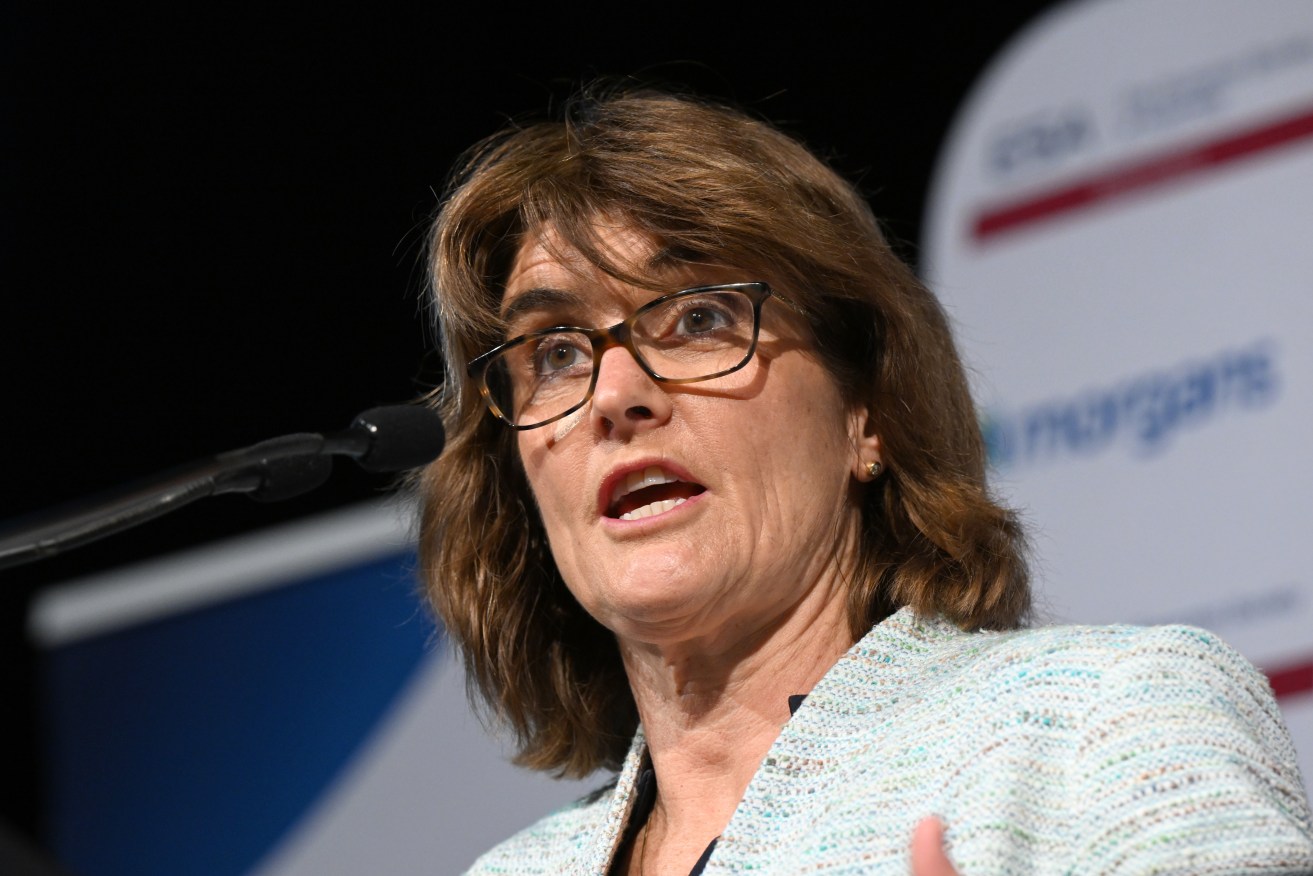
Governor of the Reserve Bank of Australia, Michele Bullock. (AAP Image/Darren England)
The unchanged 3.4 per cent annual uptick in the Australian Bureau of Statistics monthly consumer price index followed 3.5 per cent consensus forecasts.
The Reserve Bank is looking for signs its series of interest rate hikes are working to suppress demand to bring down inflation.
While the annual rate of inflation has remained unchanged for three months, St George economist Pat Bustamante said the February dataset was “completely consistent” with the bank’s forecasts for rate cuts starting in September.
Mr Bustamante told ABC TV the global disinflationary pulse had driven a faster-than-expected moderation in inflation towards the back end of 2023 and throughout 2024 the central bank would be more focused on domestic price pressures.
“The RBA have inflation moderating to be within the target within the next 12 months or so … so anything that kind of confirms those forecasts will give them confidence that we’re on the right track,” he said.
Major contributors to the February inflation increase included housing, which rose 4.6 per cent to be unchanged from January, and food and non-alcoholic beverages, up 3.6 per cent to be down from a 4.4 per cent increase through to January.
“The rise this month is the lowest annual growth since January 2022 with prices in most food categories moderating and, in some cases, such as meat and seafood and fruit and vegetables, falling,” the ABS said in a statement.
Within the housing category, rents increased by 7.6 per cent, up from 7.4 per cent, reflecting low vacancy rates and fierce competition for housing.
Insurance prices also gathered pace, picking up 16.5 per cent in the 12 months to February from a 16.3 per cent rise to January.
Yet holiday travel and accommodation prices fell another 1.3 per cent annually, after sinking 7.1 per cent to January.
ABS head of prices statistics Michelle Marquardt said this was driven by declining demand for domestic holidaying and travel.
“Although Taylor Swift performances saw hotel prices rise in Sydney and Melbourne, elsewhere accommodation and airfare prices fell in February due to the end of the peak travel during the January school holiday period,” Ms Marquardt said.
Stripping out volatile price changes on items such as automotive fuel, fruit and vegetables, and holiday travel, the annual rise in the consumer price index to February was 3.9 per cent, down from 4.1 per cent to January.
Yet the trimmed mean inflation was 3.9 per cent in February, up slightly from 3.8 per cent in January.
Treasurer Jim Chalmers said inflation remained at its lowest level in over two years.
“We know the monthly numbers can bounce around from month to month and are less reliable than the quarterly measure that shows annual inflation is continuing to ease,” he said.
